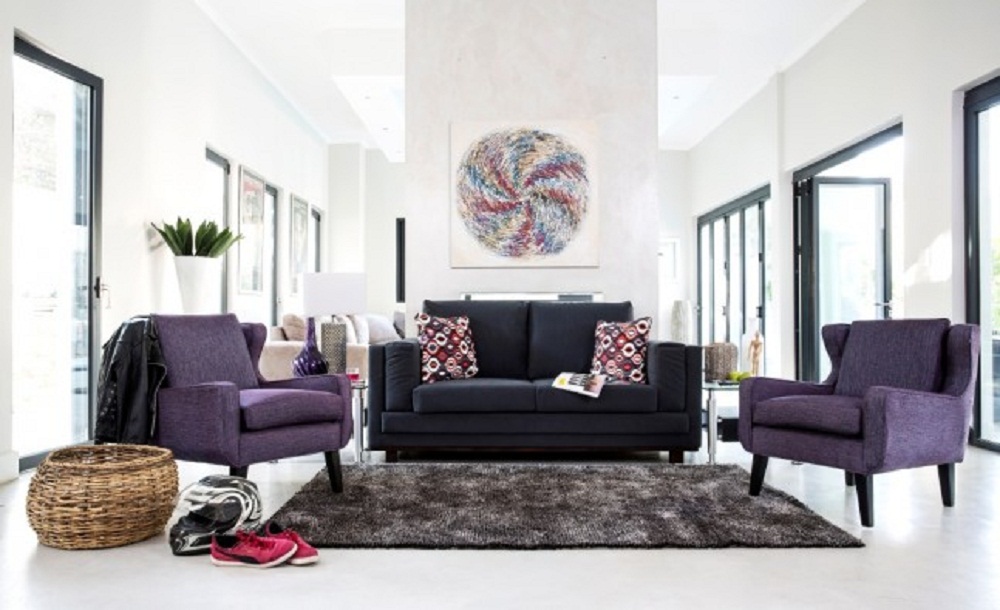Currently, designer sofas appreciate a type that harks returning to a variety of interval designs. The addiction is not, in itself, a new one. Indeed, designer furniture of all types has become designer furniture accurately because the designs to which they desire are already tried and examined against the evaluate of moving time.
A designer tends to be an inspired person. His, or her, designs may always be seen as a reflection of his or her wish to create something beautiful with which to live and on which to sit. This recognition of beauty is inevitably formed – in part at least – by an intimate familiarity with or reaction to the styles of an earlier period.
When you think about it, it is, of course, natural that many items of designer furniture should share the same inspirations – and therefore the same lines or patterns. Sofas and soft furnishings that have already stood the test of time are much fewer and further between than those whose design has been lost in the mists of history. In a way, then, the censorship of past tastes still dictates what is seen as beautiful for the future.
If you’ve never seen an old sofa design because no-one at the time liked it enough to make one like it, then it’s gone (unless, of course, you chance to unearth a photo or drawing of one). So by a sort of process of upholstered natural selection, only forms and designs that have already been ratified by the approbation of previous furniture makers last. Popular taste informs the design as well – though here, of course, a good deal of what is seen as beautiful is also informed by what is seen as expensive or desirable. Furniture for the person who doesn’t buy it in designer form is often tied up with aspirations of being able to buy it in designer form. That is, even the more populist aesthetic sees a Chesterfield (for example) as beautiful because very wealthy people own them and very wealthy people are supposed to own beautiful things.
There is quite a complex relationship at play here – between what has once been seen as beautiful, or the symbol of the kind of comfort that only the wealthy can enjoy; and what now informs the furnishing fashions of the Western world. It is, for example, possible to look at a Regency-style sofa and declare that it is beautiful even when you have no intention of owning one yourself. While it is less likely that you would look at a futon and declare the same thing.
The difference between the two is hard to quantify. Clearly they embody different furnishing styles – and clearly they also both have environments to which they are perfectly suited and environments to which they are not. The most beautifully designed and delicate sofa, as noted, can be an object of approbation and of aspiration: but you wouldn’t want one in your house unless you had the house and room to match. Such is the ineffable mystery of style.
Keira Rose is an interior designer who recommends that people have a little fun and try something different when decorating a room and picking their wall colors, carpet colors, designer sofas and designer cushions.




Average Rating